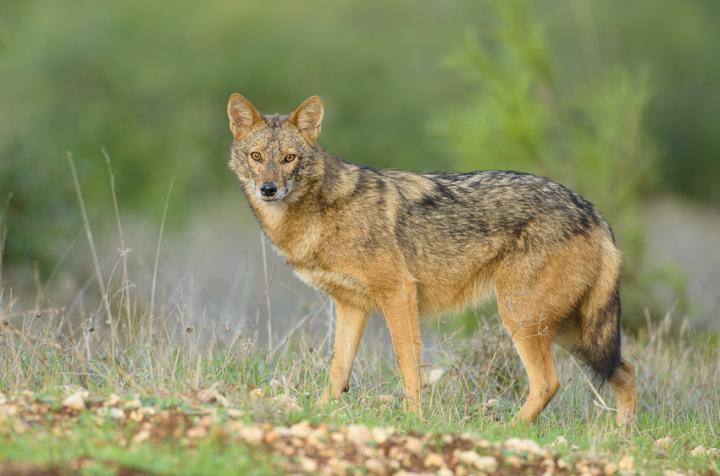Golden wolf species discovered in East Africa

The 'golden jackals' of East Africa are actually 'golden wolves' and are the first new species of wolf to be identified in Africa for more than 150 years.
Previously, it was thought the golden jackals from Eurasia and East Africa were the same species, but DNA evidence has now proved otherwise.
A team of scientists from the Smithsonian Conservation Biology Institute and the University of California, Los Angeles published their findings in the Cell Press journal Current Biology.
The researchers were looking at the species as a result of recent mitochondrial DNA studies that had suggested the African golden jackal was a cryptic subspecies of grey wolf.
In order to expand on the DNA evidence, the team retrieved samples of Kenyan golden jackals collected 20 years ago. They then compared them with DNA samples taken from golden jackals in other parts of Africa and Eurasia.
Study leader Robert Wayne said: "To our surprise, the small, golden-like jackal from eastern African was actually a small variety of a new species, distinct from the grey wolf, that has a distribution across North and East Africa."

The genetic data shows the two species have been evolving independently for more than a million years – and that they are not even closely related. The African species is instead more closely related to grey wolves and coyotes.
Klaus-Peter Koepfli, who also led the study, added: "This represents the first discovery of a 'new' canid species in Africa in more than 150 years."
The new species has been called the African golden wolf and it brings the overall biodiversity of the canidae group (which includes dogs, wolves, foxes and jackals) from 35 to 36.
Researchers believe the two species had been mistakenly viewed as one because of the high degree of similarity of their skull and tooth morphology.
"This striking example of parallel evolution highlights the importance of natural selection in constraining morphologic divergence in sympatric carnivores," they concluded, adding the similarities might have come about through "intense competition" from a "uniquely diverse carnivoran community including species larger and smaller than jackals".
Koepfli added that the study should serve as a reminder that even among seemingly well-known and widespread species, "there is the potential to discover hidden biodiversity".
Embargo 5pm
© Copyright IBTimes 2025. All rights reserved.






















